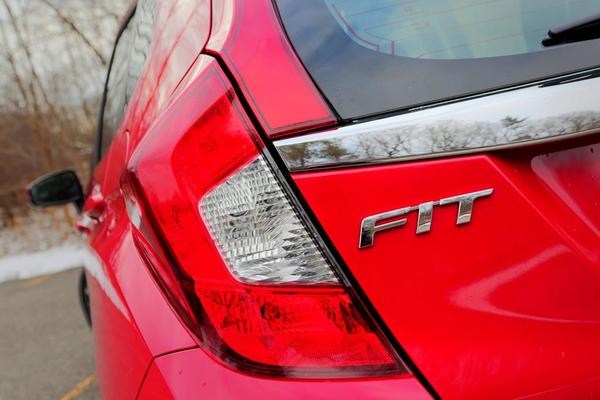While it is true that you cannot judge a car’s overall value by its exterior – you must also thoroughly check the engine as well as the interiors and underside – you cannot deny that it has a significant influence in your purchasing decision. You want to drive a presentable car, after all, even when it’s a pre-owned one, not to mention that observable exterior issues speak volumes about the vehicle’s wear and tear and, thus, its possible problems down the road.
Here are the basic inspection process that must be done on a pre-owned car before purchase, even when you are buying from Amber Motors, a reliable used car dealer in Canada.
General Body Condition
Look for these things first:
- Check all of the body panels, roof, and wheel wells for dents, scratches and rust. While cosmetic flaws, such as light scratches, are no cause for concern, you should be wary about the presence of rust for obvious reasons. Large gaps, misalignment, and loose hinges in the panels, doors, trunk and hood are signs of trouble, which may mean expensive repairs sooner than expected.
- Open and close all the doors. Ensure that these are in good working condition, which means there should be no loose hinges and no tears or rot in the rubber seals.
If the pain job seems sloppy, you may or may not buy the car since you can always have it repainted. The more important thing is the overall good condition to the car’s body.
Glass Quality
The glass should have no cracks, whether spider-web cracks or hairline cracks especially near the edge, as well as no large pockmarked areas. Cracks in the windshield can become your headache in the future as these will eventually require a total replacement.
Suspension Condition
You have three ways to check the suspension’s condition, namely:
- Walk around the car and determine if it’s at standing level. If it’s not, then the suspension may be shot.
- Bounce each corner of the car in an up-and-down motion. If it rebounds just once, then the car is in good shape, suspension-wise.
- Grab the top part of each front tire before tugging it back and forth. If you hear either ticking or a clunking sound, then its suspension joints or wheel bearings may also be shot.
Other inspections include on the lights and lenses (i.e., these should be complete, intact and in working condition); tires (i.e., all four tires are the same and their treads are similar in appearance on both sides); and sidewalls (i.e., look for cracks, bulges, and scuffing).

